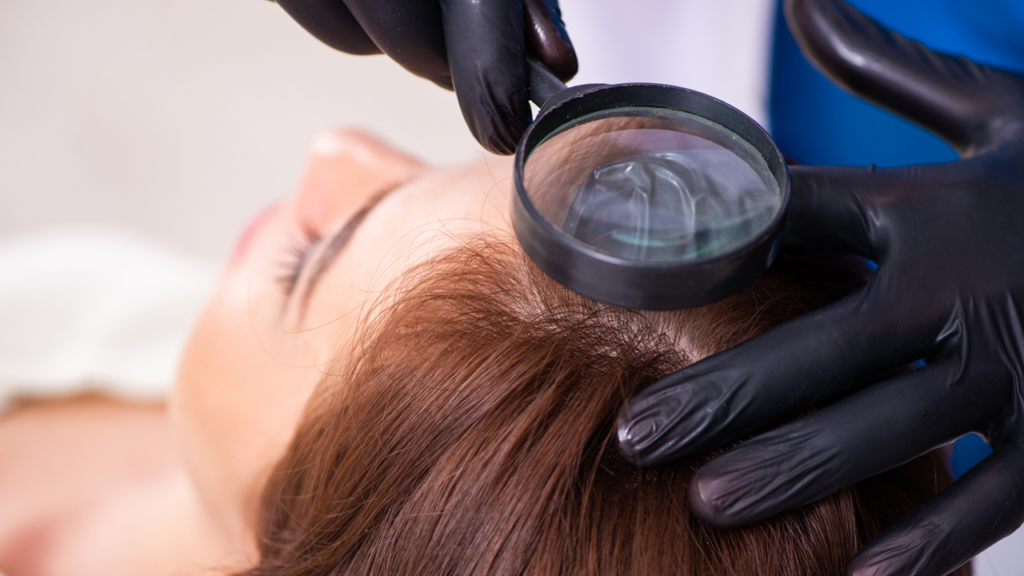
Hair loss is often associated with male, but female can also experience thinning hair and baldness. For many women, this can be a source of significant distress, affecting their self-esteem and overall well-being. Whether you’re a transgender woman seeking to enhance your appearance or a cisgender woman dealing with hair loss, you may wonder if hair transplants are a viable option. In this blog post, we’ll explore whether females can get hair transplants and discuss the various methods available, without recommending any specific one.
İçindekiler
1. Female Hair Loss
Female hair loss can occur for various reasons, ranging from genetics to hormonal changes and medical conditions. Unlike male pattern baldness, which typically follows a predictable pattern, female hair loss often results in diffuse thinning across the scalp.
- Androgenetic Alopecia: This is the most common cause of hair loss in women, characterized by thinning at the crown and part line.
- Hormonal Changes: Pregnancy, menopause, and conditions like polycystic ovary syndrome (PCOS) can lead to hair loss due to fluctuating hormone levels.
- Medical Conditions: Thyroid disorders, autoimmune diseases, and nutritional deficiencies can also contribute to hair loss in women.
- Stress and Lifestyle Factors: Chronic stress, poor diet, and certain medications can exacerbate hair loss.
2. Are Female Candidates for Hair Transplants?
Yes, female can undergo hair transplants, but the process is more complex compared to men. The success of the procedure depends on various factors, including the cause and pattern of hair loss, as well as the availability of healthy donor hair.
- Donor Area: For a successful transplant, women need to have a stable donor area, typically at the back or sides of the head, where hair is resistant to thinning.
- Diffuse Thinning: Women with diffuse thinning might not be ideal candidates, as it can be challenging to harvest enough healthy grafts without affecting the overall appearance.
- Underlying Causes: Identifying and addressing the underlying cause of hair loss is crucial before considering a transplant. For instance, if hair loss is due to a hormonal imbalance, it’s essential to manage that first.
3. Common Hair Transplant Methods for Women
Several hair transplant methods are available for women, each with its own set of advantages and challenges. Choosing the right method depends on the individual’s hair loss pattern, donor area availability, and overall goals.
- Follicular Unit Extraction (FUE): This method involves extracting individual hair follicles from the donor area and transplanting them to the thinning or balding areas. FUE is popular for its minimal scarring and quicker recovery time.
- Follicular Unit Transplantation (FUT): Also known as the strip method, FUT involves removing a strip of scalp from the donor area, from which individual follicles are harvested and transplanted. This method can provide more grafts in a single session.
- Direct Hair Implantation (DHI): A variation of FUE, DHI uses a specialized tool to extract and implant follicles simultaneously. This method allows for more precise placement and is ideal for creating a natural-looking hairline.
- Robotic Hair Transplantation: This method leverages advanced technology to assist in the extraction and placement of hair follicles, potentially increasing accuracy and reducing human error.
4. Challenges Specific to Female Hair Transplants
While hair transplants can be effective for women, there are unique challenges to consider. Understanding these can help set realistic expectations and guide the decision-making process.
- Unpredictable Hair Loss Patterns: Female hair loss often doesn’t follow a predictable pattern, making it more challenging to plan and execute a successful transplant.
- Limited Donor Area: Women typically have a more limited donor area compared to men, especially if they experience diffuse thinning across the scalp.
- Post-Surgical Care: Women may need to take extra precautions post-surgery, such as avoiding hair styling products and procedures that could damage the newly transplanted hair.
- Hormonal Influences: Since female hair loss is often tied to hormonal changes, ongoing hormonal fluctuations can impact the long-term success of a transplant.
5. Transgender Considerations
For transgender women, hair transplants can be an essential part of aligning one’s appearance with their gender identity. However, the process may require additional considerations, especially in relation to hormone therapy and other gender-affirming procedures.
- Hairline Feminization: Transgender women may seek to feminize their hairline, which involves creating a softer, rounded hairline rather than the more angular one typically seen in men.
- Timing of Hormone Therapy: Coordinating the timing of hormone therapy with hair transplantation is crucial to maximize results and ensure that the hair growth pattern aligns with the patient’s transition goals.
- Facial Hair Removal: In some cases, transgender women may also undergo facial hair removal or transplantation to achieve a more feminine appearance.
6. Longevity of Results
While hair transplants can offer long-lasting results, it’s important to understand that they may not be permanent in all cases. Various factors, including ongoing hair loss and the patient’s overall health, can influence the longevity of the transplant.
- Ongoing Hair Loss: Women who continue to experience hair loss may require additional treatments or procedures to maintain their desired appearance.
- Follow-Up Care: Regular follow-up appointments and maintenance treatments, such as PRP therapy or medication, can help prolong the results of a hair transplant.
- Lifestyle Factors: Maintaining a healthy lifestyle, including proper nutrition and stress management, can support hair growth and overall transplant success.
Empowering Women Through Hair Transplants
Hair transplants can be a transformative solution for women dealing with hair loss, whether due to genetics, hormonal changes, or other factors. However, the success of the procedure depends on careful planning, a skilled surgeon, and ongoing care. At our health center, we offer personalized consultations to help you determine if a hair transplant is the right option for you, taking into account your unique needs and goals. Whether you’re a transgender or cisgender woman, we’re here to support you every step of the way on your journey to renewed confidence and self-expression.


